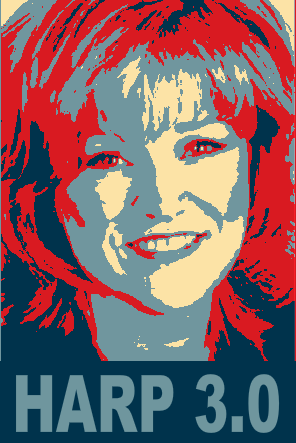One of my returning clients is considering a refinance, however, they’re not sure if they should wait or not. Their Seattle area home is really close to that magically 80% loan to value – based on best estimates – which would allow them to avoid private mortgage insurance if their home’s value increases.
There are pros and cons to waiting to a refi, similar to those with having an extended closing when you’re buying a home. Here are a few:
- changes to home value. Your home’s value may increase as the Seattle markets seems to be doing well with purchase inventory… or a home in the neighborhood that’s a potentially a strong comparable for your appraisal might become a short sale or foreclosure, which may negatively impact your home’s appraised value.
- changes to employment. If your or your spouse decides to change jobs and it’s not in the same line of work or the new job has a different pay structure, this may impact qualifying.
- credit scores vary. Credit scores impact the pricing of your rate and underwriting decisions. Lately I’ve been encountering clients who have paid off credit cards and closed them which sounds great, however they now have “shallow credit” and lower credit scores. I’ve also seen late payments on a credit report caused by a parent co-signing for their child. Sometimes it may be worth deciding to delay a refi if you’re trying to improve your scores, or proceeding with the refi and rechecking scores prior to closing.
- interest rates. Mortgage rates change daily. Sometimes rates change throughout the day. Although it’s anticipated that mortgage rates will remain low for the remainder of the year, members of the Fed have hinted that the Fed should consider no longer buying mortgage backed securities, which has kept rates at their manipulated lower levels. As the economy improves, mortgage rates tend to trend higher.
- loan programs and guidelines may change. Currently, unless our elected officials take action, HARP 2.0 is set to expire at the end of this year. Banks and lenders currently adjust their underwriting guidelines (aka overlays). And we’re waiting for FHA to increase their mortgage insurance premiums which impacts FHA streamline and non-streamline refi’s.
Refinancing now is gambling that your home will appraise high enough or you may be out the appraisal fee unless mortgage insurance or a piggy-back second mortgage makes sense to proceed with the refi.
Delaying the refinance adds other potential risk factors assuming you’re satisfied with the current low mortgage rates and you qualify.
I recommend reviewing possible refinance options that are available now and weigh out the pro’s and cons. Refinancing now, should you decide to, also means that you’re reducing your payment and higher interest sooner.
If you are interested in a mortgage rate quote for your refinance or purchase of a home located anywhere in Washington, click here. I’m happy to help you!











Recent Comments